20 differences between the West and the East in vivid illustrations (21 photos)
Chinese artist Yang Liu was born in Beijing and lived in Europe for more than 20 years. Total immersion in Eastern and Western cultures allowed her to comprehensively explore the differences between them. 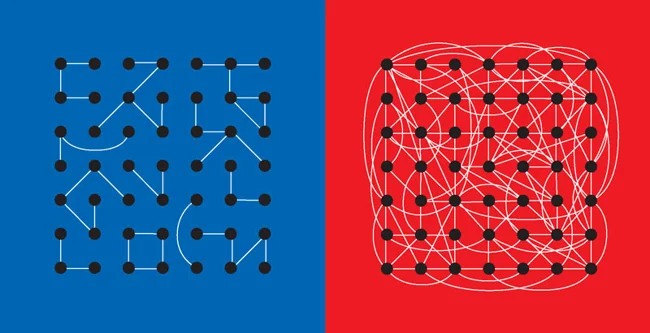
She embodied her idea of the cultural poles of humanity in simple and witty pictograms. Each picture is divided into two parts: blue symbolizes Western culture, red - Eastern.
Ego 
Individualism is cultivated in the West, the ideas of which have been developed by European philosophers and sociologists since the 17th century. In China, individualism is criticized by both traditional teachings and Buddhism, pointing out that the ego is evil and needs to be gotten rid of.
True 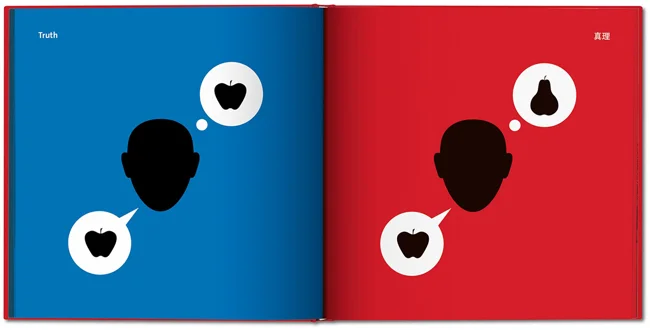

Как садят рис
Смотреть видеоIn the West, deception is considered a Christian sin, so Europeans are taught from childhood that lying is not good. Asians, as the saying goes, can think one thing, say another, and do another.
Understanding Punctuality

Europeans arrive at the meeting strictly on time. Asians have a broader understanding of punctuality, so they consider it normal to show up for meetings a little earlier or later than scheduled.
Expressing feelings

When it comes to feelings, Europeans express them openly, unlike the Chinese who prefer to start a conversation from afar and talk about other topics first without revealing their true intentions.
Personal life

In the West, people live separately, while in the East, personal life is inextricably linked with society, people prefer collectivism and need each other.
Social connections
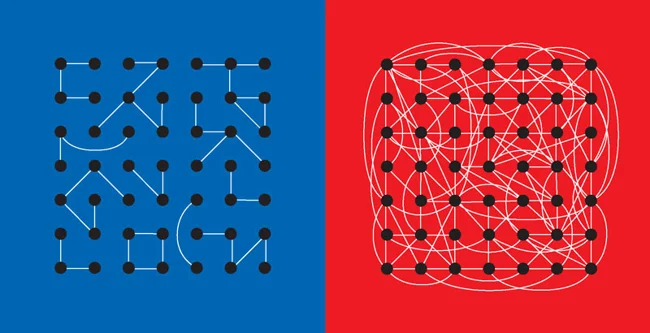
Western society is atomic, with social circles limited to family members and close friends. In the East, personal connections are of great importance for a person who is literally in a web of family, friendship and work relationships.
Attitude towards the manager

In the West, friendly relations with a leader are highly valued. In the East, respect for the leader is on an exaggerated scale; interaction is built on the vertical principle of “senior-junior”.
Attitude towards children in the family

In Western countries, children are included in society. They have no special privileges over other members of society, except for those due to their age and physical capabilities. In the East, a child is a “little emperor.” Until the age of 5, he is allowed to do whatever he wants.
Society and pensioners
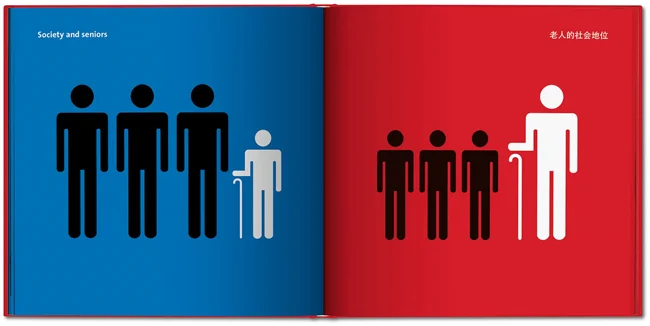
In Europe, frail pensioners who cannot care for themselves are preferred to be transferred to the competence of social services. In the East, children and grandchildren take care of pensioners. Therefore, Eastern old people are happier than Western ones.
Elderly lifestyle
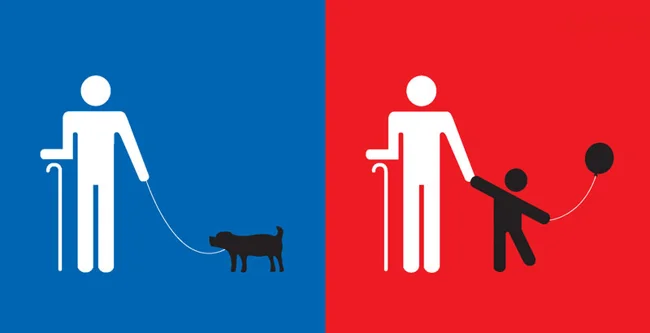
In the West, older people live separately from their children and see their grandchildren less often. In the East, they live together with their descendants, communicate more with family members and devote more time to raising the younger generation.
Queue behavior

Europeans stand in line like a snake. The Chinese queue looks like a chaotic crowd in which you have to elbow your way through. But if you ask to be let ahead, those around you will unquestioningly fulfill your request.
Popular modes of transport
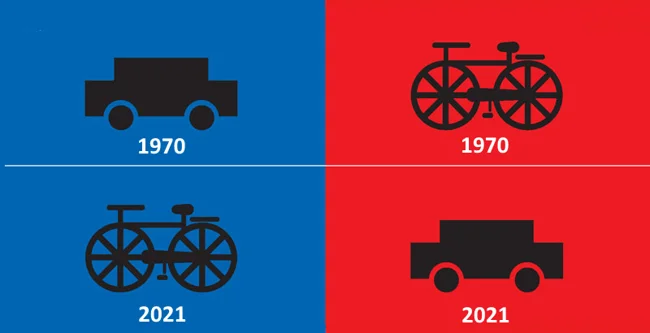
Europeans, concerned about environmental issues and a healthy lifestyle, are willingly switching from cars to bicycles. Residents of the East, on the contrary, abandon bicycles in favor of comfortable cars.
Streets on Sunday

Europeans prefer to spend their weekends in nature, in the countryside, outside the city. Residents of the East, due to collectivism, remain in the city and prefer mass celebrations.
Party Behavior

At parties, Europeans unite in small groups that are dispersed throughout the room. In China, it is considered rude to separate yourself from the crowd of guests. Therefore, guests communicate while standing in a large circle, or sit down at the table together.
Noise level in cafes and restaurants
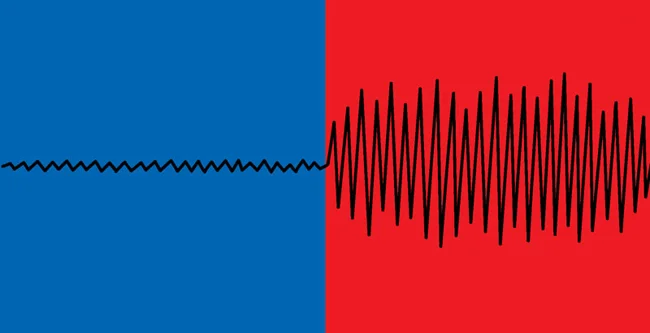
In cafes and restaurants in Europe, it is customary to speak quietly so as not to disturb others. When visiting catering establishments, Asians talk very loudly and behave noisily, and this is the norm for them.
Travel motivation

While traveling, Europeans do more contemplation, while Asians take pictures of sights and take pictures of themselves.
Attitude towards tanning

In the West, a tanned, toned body is considered a symbol of health. Residents of the East, dark-skinned by nature, do not really like the sun and hide under umbrellas on hot days.
Problem solving

Europeans solve problems quickly and prefer to go ahead. Easterners try to avoid problems or simply pretend they don't exist. This is the art of Tao - not to go up a mountain, but to go around it, like water flowing around a stone.
Expressing emotions
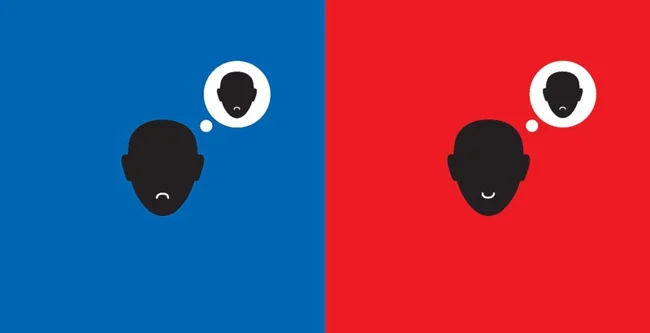
Europeans tend to show their emotions openly. The Chinese prefer not to show others their bad mood, hiding it behind an on-duty smile.
Weather and mood

Europeans are sensitive to the weather; on sunny days their mood improves. Asians feel happy in any weather.
These are the entertaining pictograms drawn by Chinese artist Yang Liu. Which culture is closer to you, Western or Eastern?

